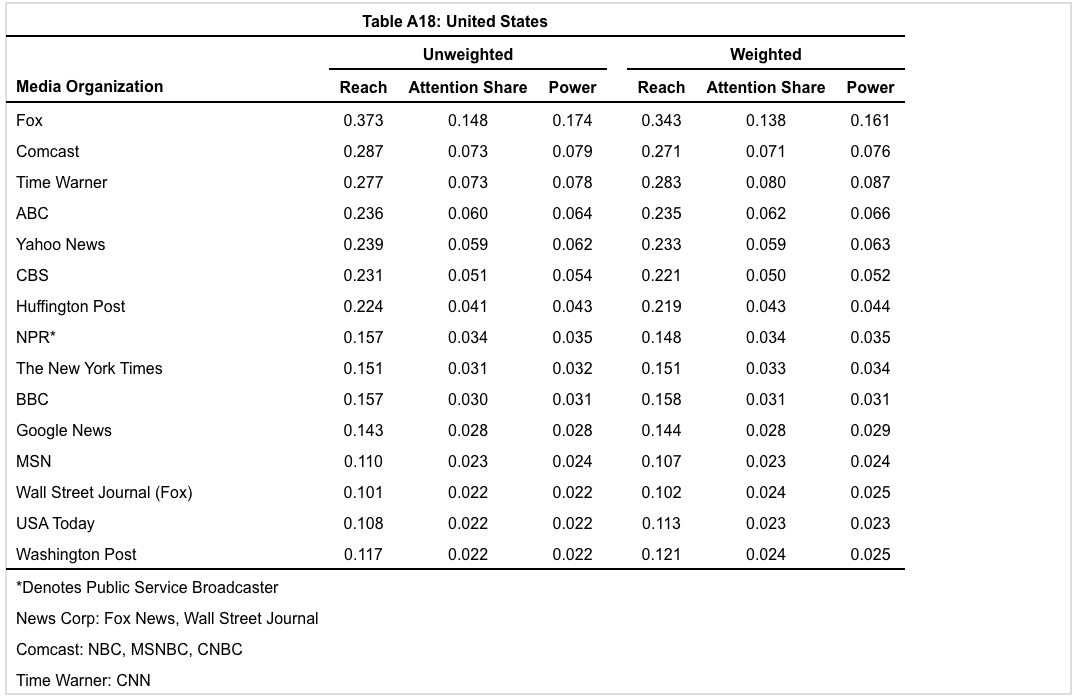Amid the increased prevalence of disinformation in recent elections, there is a growing focus on news sources and the information they provide. Around the world, a number of sources produce high-quality, fact-based information and make it available online at zero or low cost. But is this information actually consumed? If not, where do people get their news?
The latest research from Columbia Business School analyzes news consumption in 18 countries and found that television news is by far the most dominant and influential news source and the number of news sources that people rely upon and trust has a direct correlation with their income levels.
The research also quantifies the media power of some of the most powerful news organizations in the world, including Fox News, CNN, the BBC, Sky News and TF1. Andrea Prat, professor of business at Columbia Business School, and researcher Patrick Kennedy reviewed survey data from Pew, Reuters, and the Simmons National Consumption Survey.
“Countries around the world are experiencing information inequality, with a distinct subset of the population depending on just one or two sources for news,” said Prat, who is also the co-director of the Centre for Economic Policy Research’s Industrial Organization program, in a news release. “In turn, this makes a certain set of large news organizations particularly powerful.”
Prat and Kennedy reached a number of important conclusions about how viewers consume information, particularly as they make electoral decisions:
Television-based organizations are the most powerful commercial news organizations
Data indicates that media power—a measurement formed by determining how many people turn to a news outlet and how survey respondents allocate their news consumption—is concentrated in a relatively small number of news outlets, especially in television companies. In the United States, the three most powerful news organizations—Fox News, CNN, and MSNBC/NBC.
News sources that cater to information-poor audiences have greater ‘media power’
Prat and Kennedy find that in many countries, large swathes of the population rely heavily on just a few outlets for news, making those news outlets highly influential. Because these outlets have a monopoly on their viewers’ information access, the outlets are capable of exhorting heavy influence because they reach consumers who rarely obtain news from other sources.
News consumption appears to be highly unequal
In the 18-country sample, the average number of sources that respondents access increases according to their income and education level. Young people and people with low income and lower levels of education have fewer sources. Prat and Kennedy find that there are vast segments of the population that get their news from very few sources. The researchers find a pattern where countries with high income inequality also suffer from high information inequality.
There is no evidence that public service broadcasting reduces information inequality
Data indicates that people who watch public broadcasting are, on average, wealthier and more highly-educated. But Prat and Kennedy conclude that public broadcasting could be an important tool in reducing information inequality.
With television networks continuing to dominate as a news source, the researchers believe regulators should continue to closely monitor large television organizations and consider collecting much more in-depth information about where citizens get their news.








